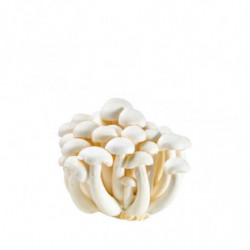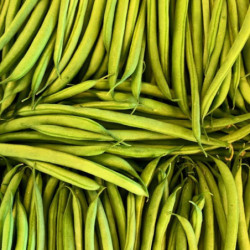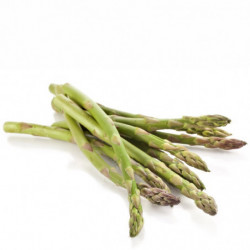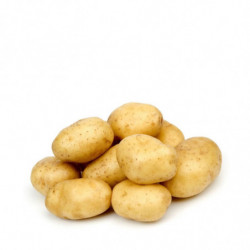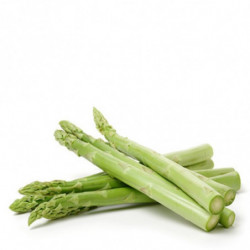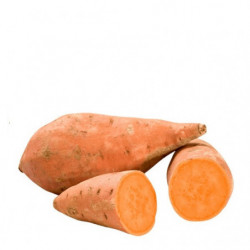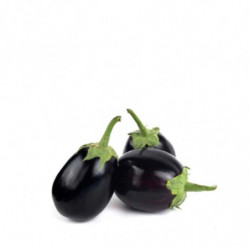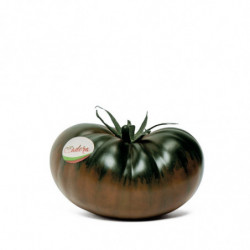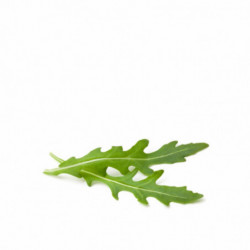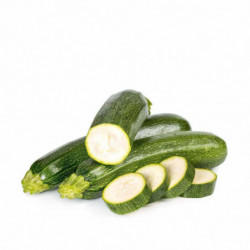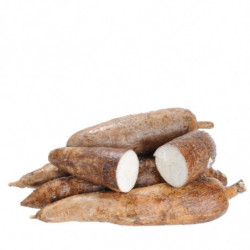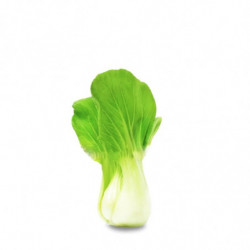Definition: Shimeji, a Versatile Edible Mushroom
Shimeji is an edible mushroom native to Asia, although it is now cultivated in different parts of the world. It belongs to the Pleurotaceae family and its scientific name is Hypsizygus tessellatus.
Shape and Appearance of Shimeji
Shimeji is a small mushroom with a fan-shaped cap that can measure 2 to 5 centimeters in diameter. Its color varies depending on the variety, it can be white, light brown, dark brown, or black. The stem is short and thin, and is attached to a common base.
Composition and Nutrients of Shimeji
Shimeji is low in calories and fats, and rich in nutrients such as proteins, vitamins, and minerals. It contains antioxidants that help fight free radicals and improve overall health.
Varieties and Origins of Shimeji
There are several varieties of shimeji, with the most common being white shimeji, brown shimeji, and winter shimeji. Each has a distinctive flavor and aroma. Shimeji originates from Asia, especially China and Japan, where it has been consumed for centuries.
Culinary and Therapeutic Uses of Shimeji
Shimeji is a highly versatile mushroom in cooking. It can be used in various preparations such as soups, stews, stir-fries, rice dishes, and salads. It has also been used in traditional Chinese and Japanese medicine for its medicinal properties.
Curiosities and Popularity of Shimeji
Shimeji is very popular in Japanese cuisine and is used in many traditional dishes. It is also highly valued in Chinese culture and is attributed with aphrodisiac properties.
Signature Dish and Current Cultivation of Shimeji
One of the most popular dishes in Japanese cuisine using shimeji is shimeji donburi. It is a rice dish with sautéed shimeji, egg, and other ingredients. Shimeji is cultivated in different parts of the world, including Asia, North America, Europe, and Australia. It can be found in supermarkets and organic product stores.
